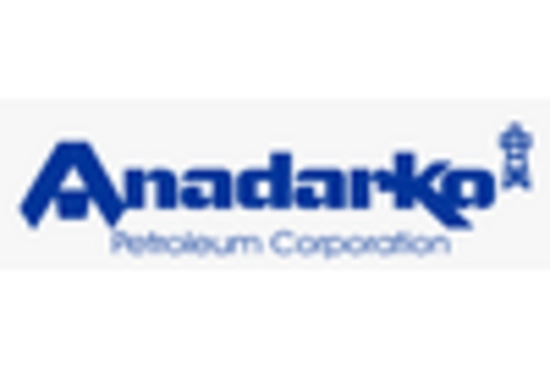Market Analysis
In-depth Analysis of Shale Gas Market Industry Landscape
Given the changes in the law, the shale gas market has gone through huge changes. Shield gas could help governments meet their energy needs while also reducing their reliance on fossil fuels. By changing their rules, some places have made it easier to look for and create shale gas. But in some places, the rules have become stricter because people are worried about the effects on the environment, such as water use and the chance of polluting groundwater. The regulatory scene is always changing because of how pro-business policies and environmental factors interact with each other. These environmental factors have a big impact on how the market works. Shallow gas businesses are also affected by changes in technology in a big way. Better fracking methods make the process much faster and cheaper, which leads to more shale gas being produced. Drilling horizontally is a new and advanced technique that has opened up new gas resources that were previously out of reach. By raising the number of viable supplies and lowering production costs, these improvements make shale gas a more desirable energy source. Another thing that affects the growth rate is the level of competition in the business. More and more businesses in the industry use market share, backup numbers, and expert know-how as their main measures. Because of the competition, the industry has become very strong and busy, which has led to more efficiency and new ideas. On top of that, changes in the economy and politics of one area affect the production and prices of shale gas around the world because the energy markets are so connected. Shale gas is a business that is growing because the world needs more energy. Because more and more people want to use cleaner and better environmental energy sources, shale gas has become the most popular intermediate fuel. As a result of its flexibility in both production and use, it has become more important for countries that want to reduce their carbon output and broaden their energy sources. It is good for businesses to find a balance between making sure there is a steady flow of energy and taking care of environmental problems. Questions of social and environmental duty have a big effect on the growth and share of the global market. Communities, users, and investors are among the groups pushing shale gas companies to be more open and responsible.









Leave a Comment